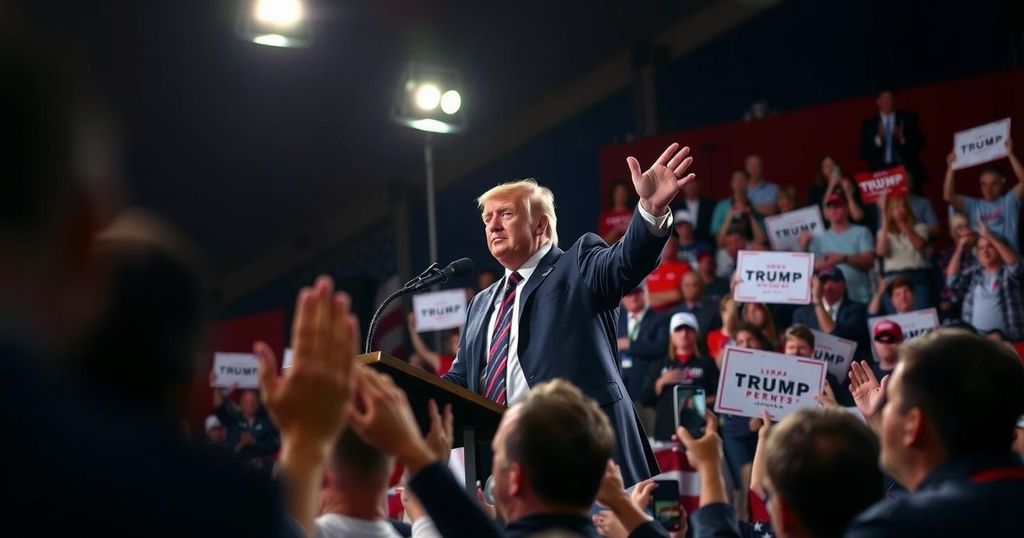Republicans, led by Donald Trump, have gained an unprecedented advantage among voters, with 50% perceiving the party as representative of their interests. This shift reflects a significant decline in the Democratic Party’s support during a challenging election cycle, prompting discussions on their future strategies. Trump’s appeal to traditionally Democratic demographics complicates the Democrats’ coalition challenges ahead.
The political landscape in Washington has shifted as Republicans, led by President-elect Donald Trump, gain unprecedented ground among voters regarding party representation. For the first time since Trump’s ascension in 2016, polling indicates that 50% of Americans perceive the Republican Party as representative of their interests, compared to only 43% for Democrats. This marks a significant decline for the Democratic Party, whose support among voters has waned in the aftermath of a disappointing election cycle, leading to intensified scrutiny of their future strategies.
Trump’s campaign has primarily focused on cutting taxes, escalating economic growth, and stricter immigration policies. His rhetoric of an “America first” approach has positioned him as a candidate for change, appealing to a broader demographic than in previous elections. Notably, Trump has gained traction with traditionally Democratic voters, such as Latino and Asian American populations, thus complicating the Democrats’ challenge to maintain a cohesive coalition in light of their recent electoral defeats.
Amidst discussions of how to reposition the party, Democrats are analyzing various factors contributing to their losses, including President Biden’s lengthy campaign exit and the party’s stance on cultural issues. Republican successes are framed as a mandate to advance Trump’s agenda; however, this perceived mandate faces skepticism due to slim electoral margins and evolving voter sentiments. Ultimately, the true measure of support for Trump’s policies will emerge as voters will assess the administration’s performance in the coming years.
Consequently, the fallout from the recent election suggests that long-term changes will be necessary for Democrats to rebuild their voter base and address coalitional challenges. The ongoing volatility of political support underscores the need for both parties to adapt swiftly to the changing preferences of the electorate, especially as Trump’s administration takes shape in January.
The background of this article reflects the evolving dynamics of political representation in the United States following the recent election. Trump’s leadership of the Republican Party has resulted in a significant ideological shift, reflected in increased voter alignment with Republican policies. Additionally, the Democratic Party faces strategic reevaluation, requiring an analysis of demographic shifts and their implications for future electoral performance. The reference to various parties and their political stances provides context for understanding the prevailing challenges faced by Democrats in recovering and fortifying their voter coalitions.
In conclusion, the Republican Party, under Donald Trump, has successfully resonated with a majority of voters, positioning itself favorably while Democrats grapple with maintaining their coalition post-election. The polling data reveals a crucial shift, highlighting the challenges the Democratic Party must confront in order to regain its footing. The future of American politics rests on each party’s ability to respond effectively to voter needs and sentiments as the new administration rolls out its agenda.
Original Source: bakersfieldnow.com






